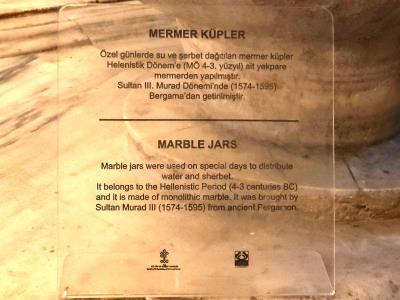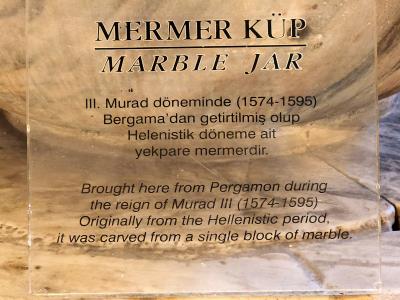Day 2 7/7/22
Istanbul
Frank's Trip
CLICK on any image to enlarge - use mouse cursor to move enlargement it if doesn't fit area
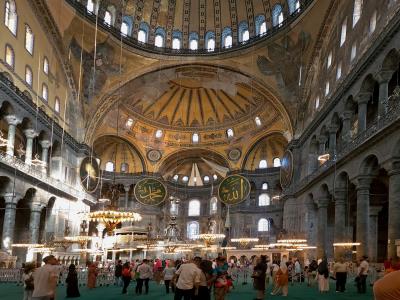
Forgotten Saints - Cisterns - Light Show & Hagia Sophia
Coffee???
I don't care for coffee and never drink it. My host at the hotel where I'm staying is Turkish (no surprise there) and wanted me to try Turkish coffee. It is drunk in tiny cups and sipped slowly. Now, I like coffee! It's not much like any coffee I've ever had before... it's still the same basic flavor - but this is rich and very strong... you have to watch the cup carefully or it will get up and walk away!
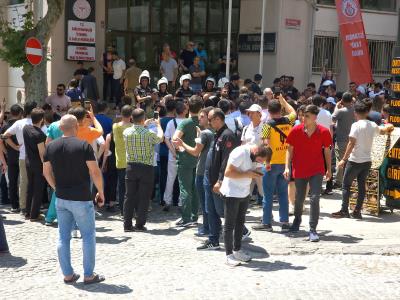
Protest!
I happened on this small protest about the treatment of doctors in the hospitals. Later, as I passed back by the area it grew to a fairly large protest.
If traffic isn't bad enough anyway, this really served to make it terrible. Lots of police presence - but just standing by and no unseemly behavior by anyone that I saw.
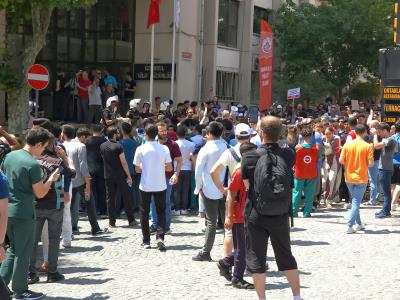
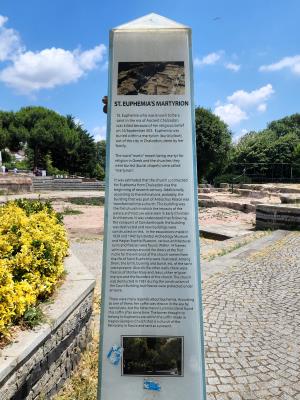
St Euphemia's Martyrion
This area is thought to be the remains of St Euphemia’s Church by the Hippodrome of Constantinople. This was in the ancient city of Chalcedon near Constantinople and now a part of Istanbul. St Euphemia was killed because of her religious belief in AD 303.
This isn't a Tourist Hot Spot - just a place I happened across...
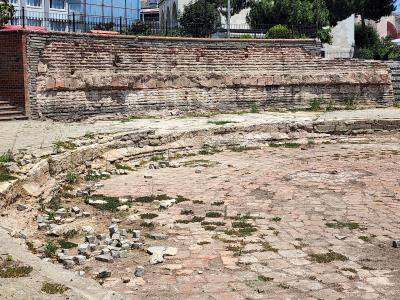
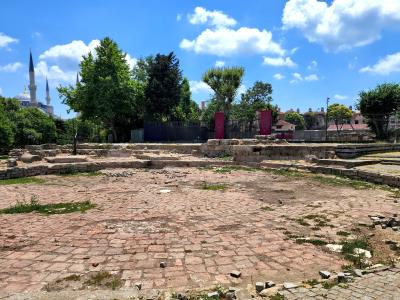
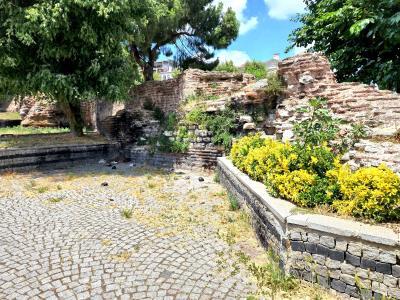
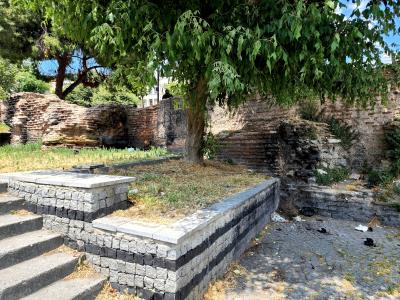
Cisterns in Istanbul
Cisterns in Istanbul were vital back in the Roman Era. The main reason for that was having lack of springs in the city center. As a result Romans constructed a pipe that was coming from the outskirts of the city to the city center. Then, the water that was brought was stored in these water storages. Şerefiye Cistern was one of these cisterns and may be the oldest that is still standing today. Constructed in 4th century by the Emperor Theodosius, Şerefiye Cistern was supplying water for the center of the city. After a really long renovation program the cistern was opened in the year 2018. However, as you'll note below, it is a light-show venue more than anything historic.
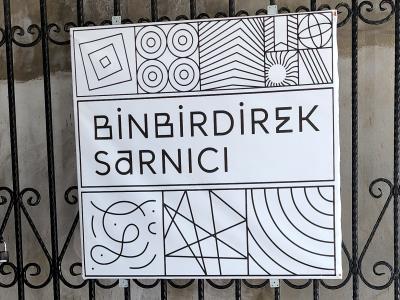
Cistern of Philoxenos /
Binbirdirek Sarnici
This is a cistern that has been prepared for the safety and comfort of visitors while still allowing a good look at what the inside of a cistern from ancient Roman days would have been like. It's a great break on a hot day because the cistern is very nice and cool. It is also very humid.
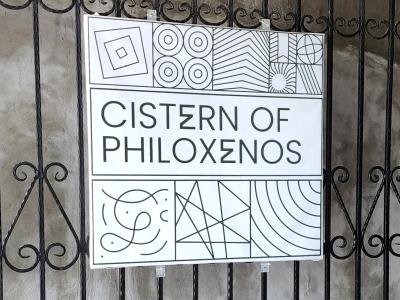
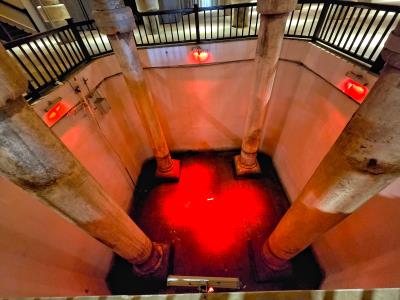
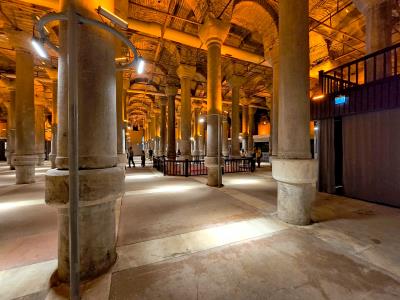
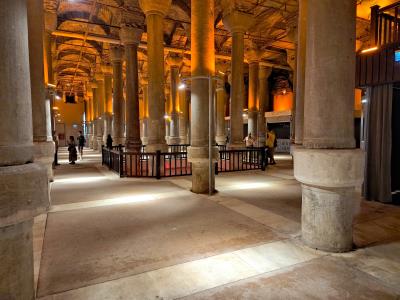
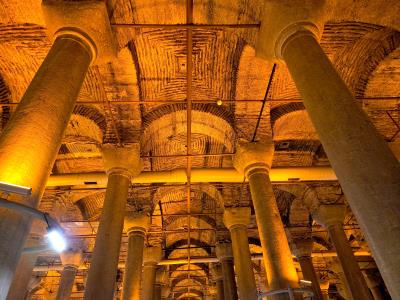
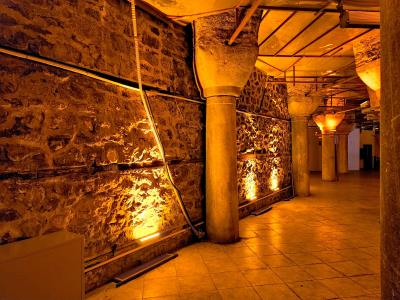
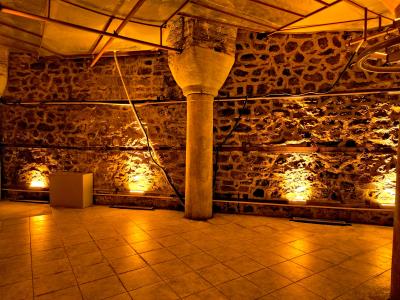
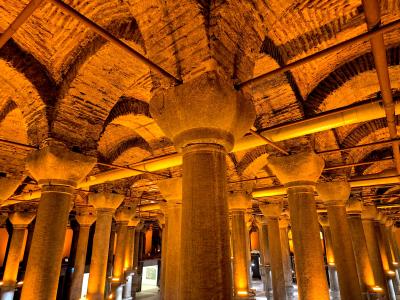
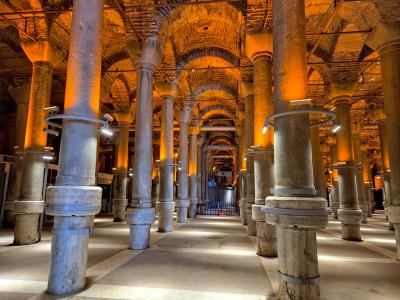
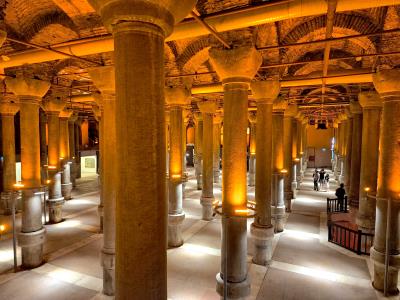
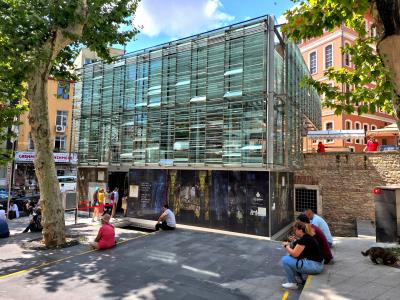
Serefiye Sarnici
Theodosius Cistern
While this is most certainly a cistern, it makes no pretense to show the history or construction of a cistern. This is PURE LIGHT SHOW!
It is also very nice and cool - a great place to escape heat, though the humidity is extreme.
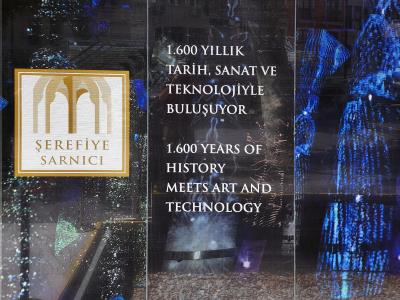
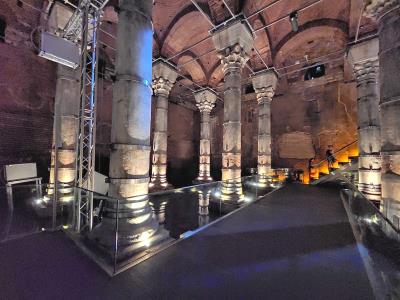
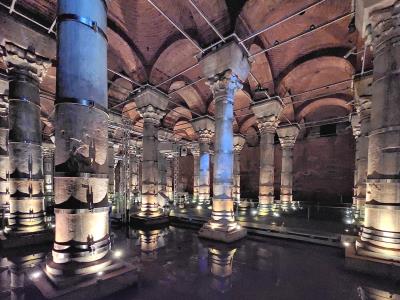
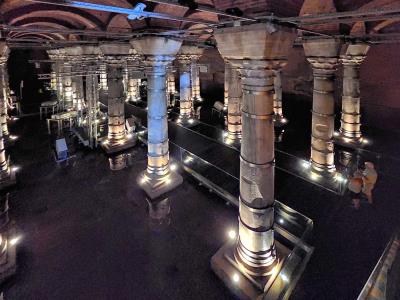
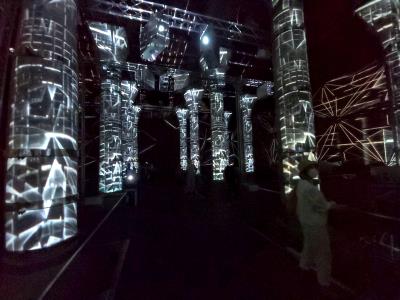
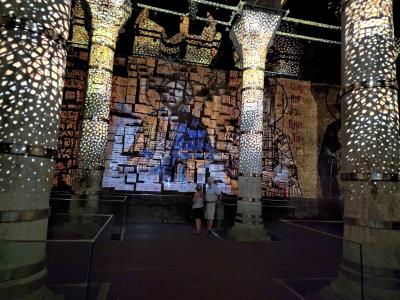
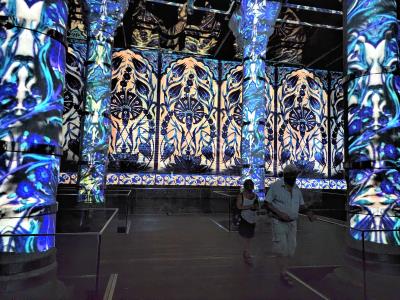
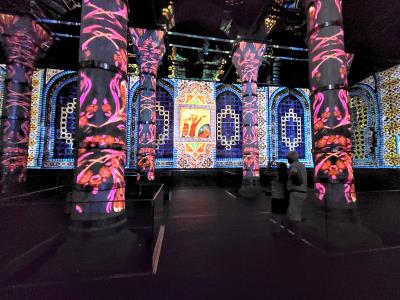
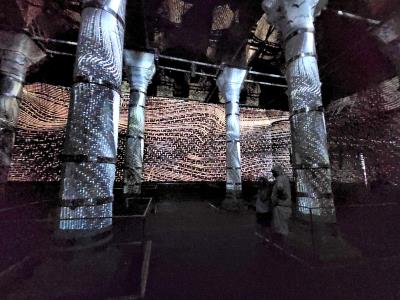
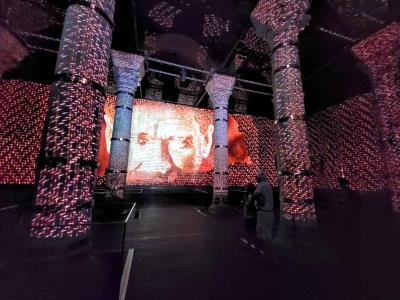
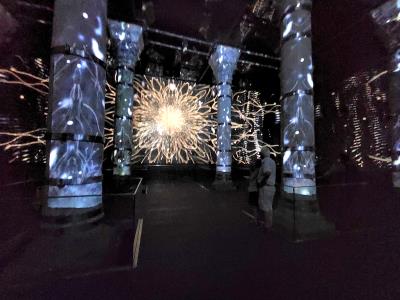
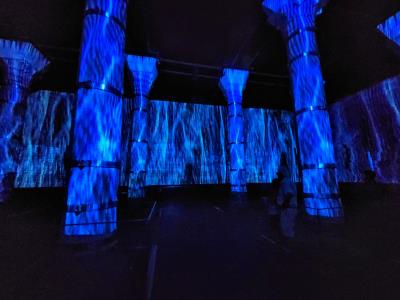
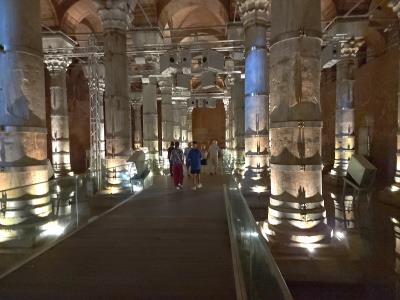
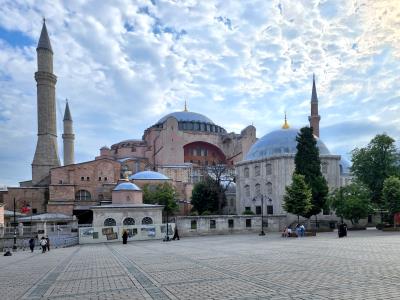
Hagia Sophia ( 'the Holy Wisdom' from Ancient Greek) was chosen a world heritage site by UNESCO in 1985.
Only Pantheon in Rome has slightly bigger dome than the dome of Hagia Sophia in the world.
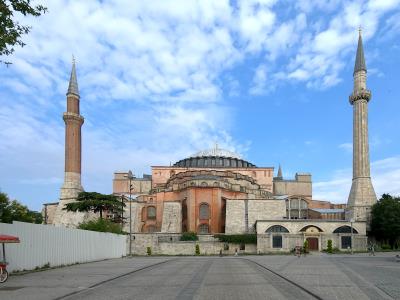
Originally built by the eastern Roman emperor Justinian I as the Christian cathedral of Constantinople for the state church of the Roman Empire between 532 and 537 and was then the world's largest interior space and among the first to employ a fully pendentive dome. It is considered the epitome of Byzantine architecture and is said to have "changed the history of architecture"
Hagia Sophia was the religious and spiritual center of the Eastern Orthodox Church for nearly one thousand years. After the Fall of Constantinople to the Ottoman Empire in 1453, it was converted to a mosque by Mehmed the Conqueror and became the principal mosque of Istanbul until the 1616 construction of the Sultan Ahmed Mosque. Hagia Sophia was converted in to a museum in 1935 by the first President of Turkey, Mustafa Kemal Ataturk. In July 2020, the Council of State annulled the 1934 decision to establish the museum, and the Hagia Sophia was reclassified as a mosque.
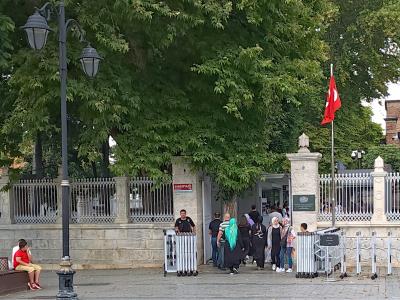
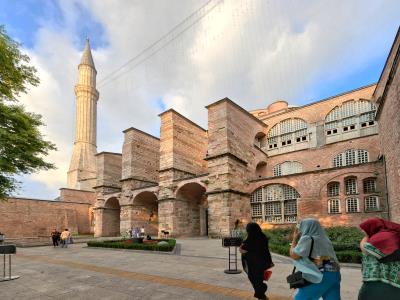
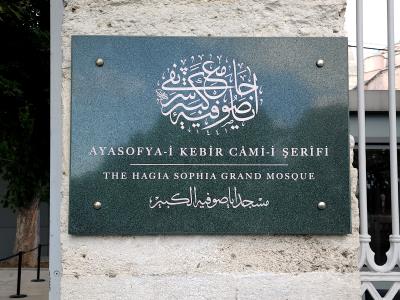
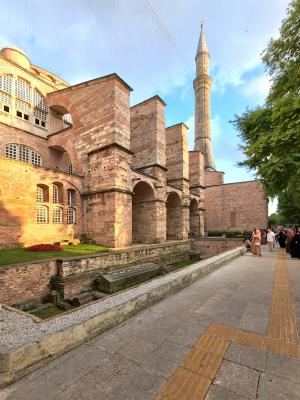
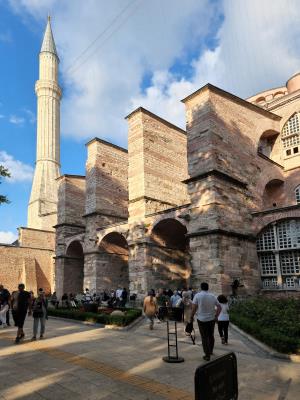
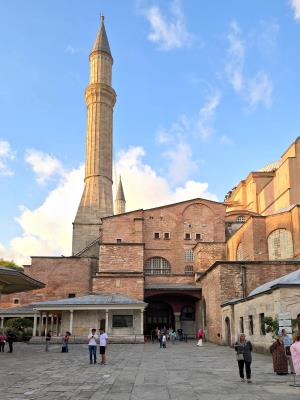
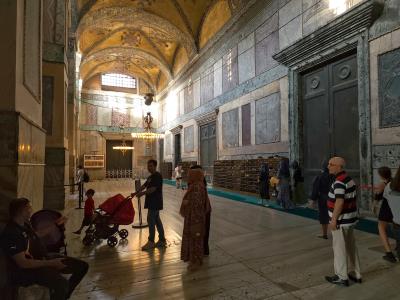
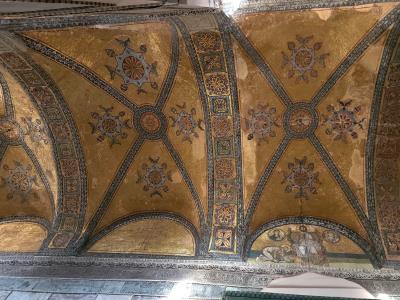
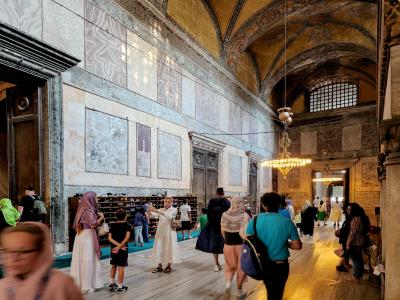
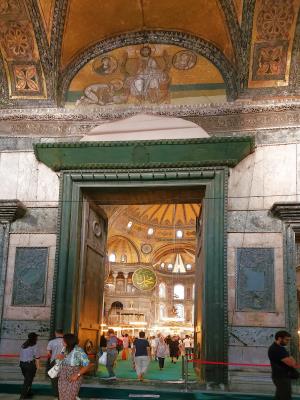
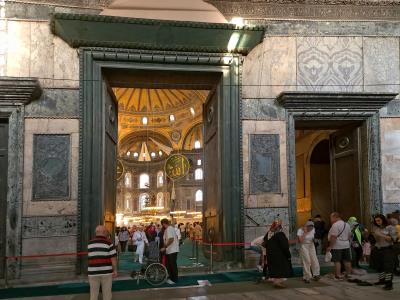
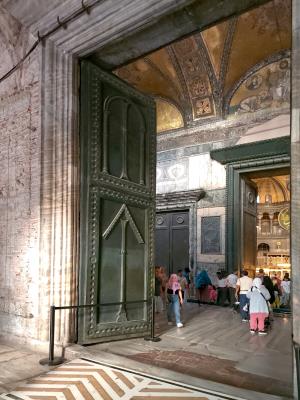
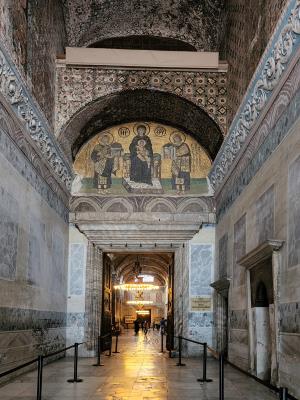
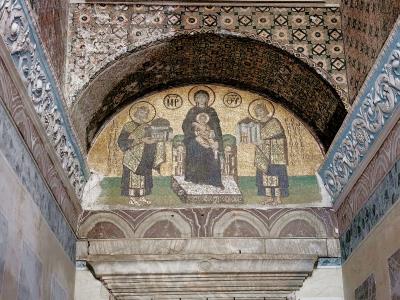
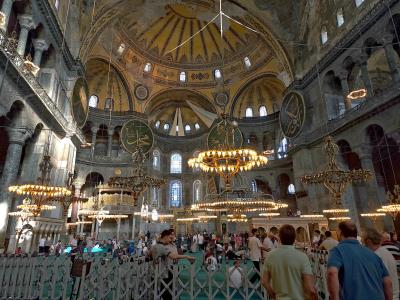
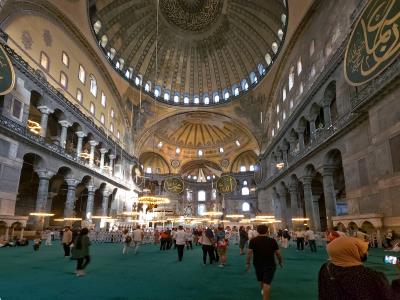

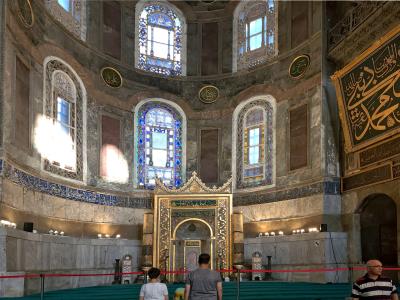
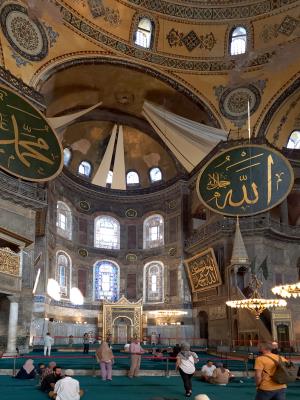
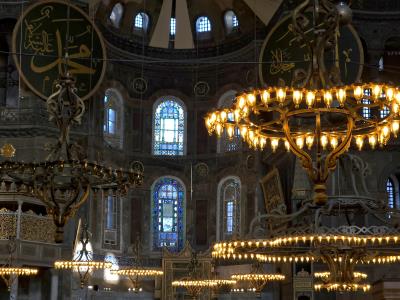
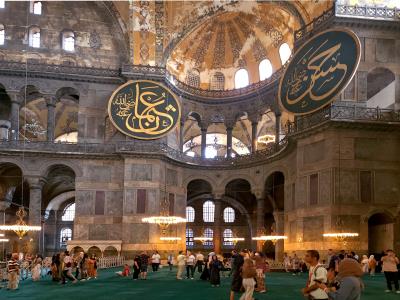
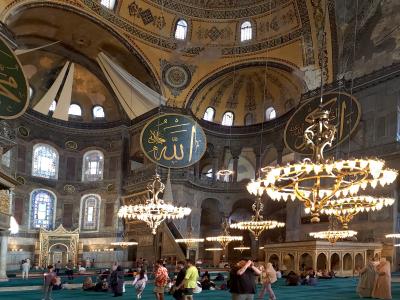
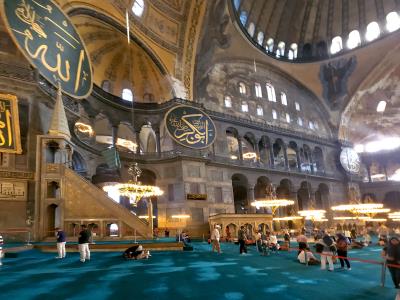
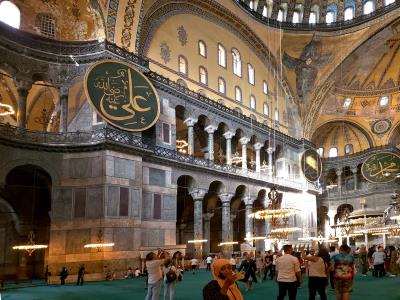
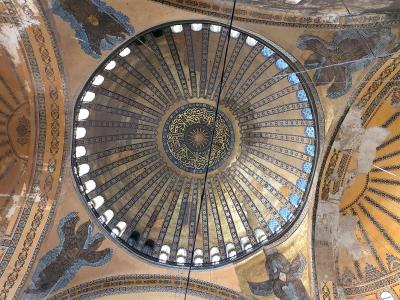
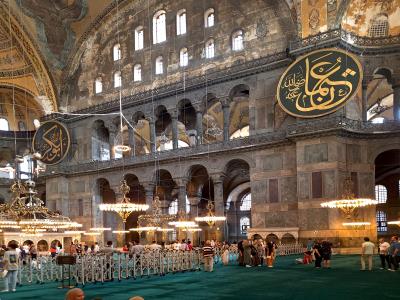
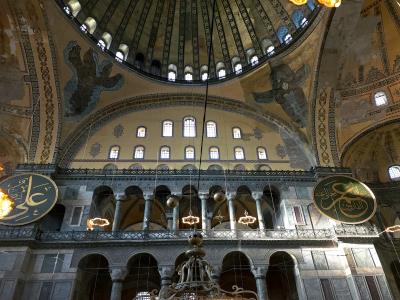
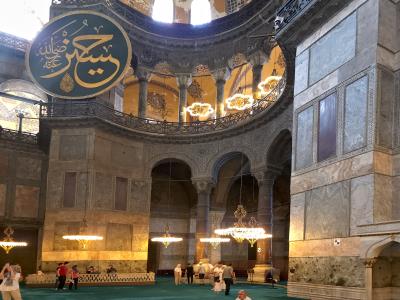
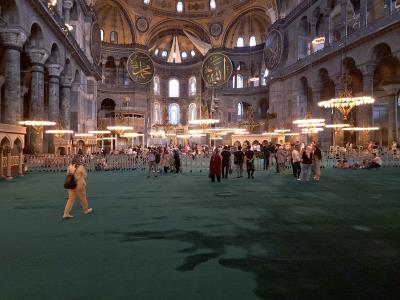
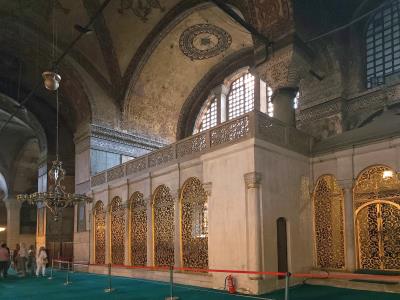
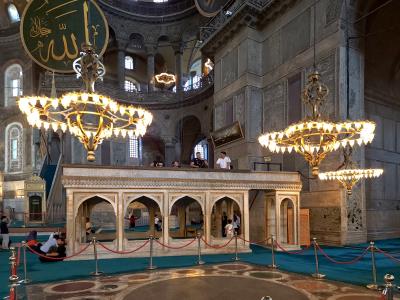
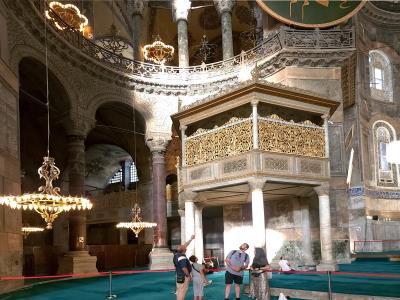
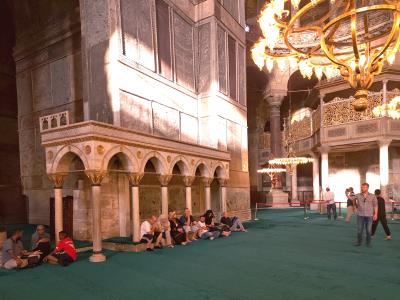
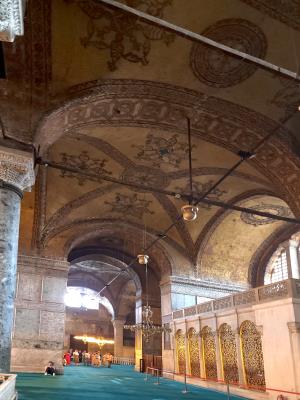
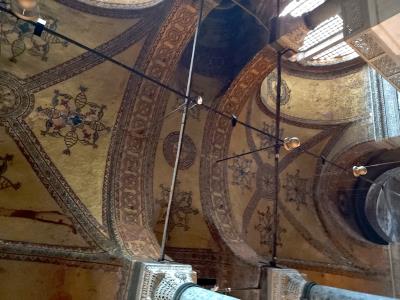
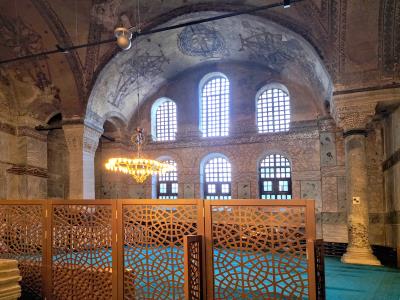
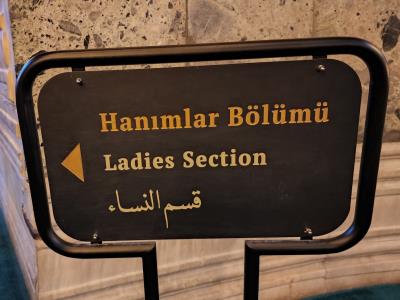
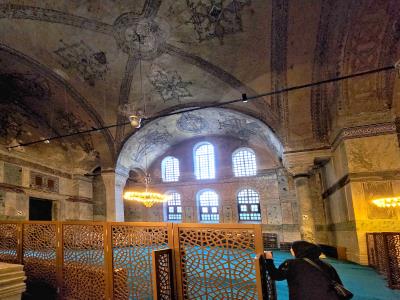
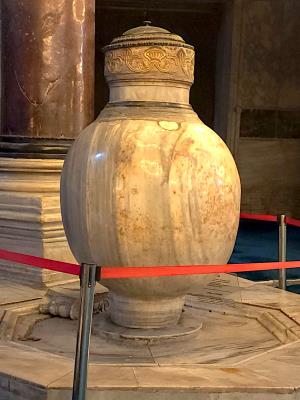
LEFT:
RIGHT:
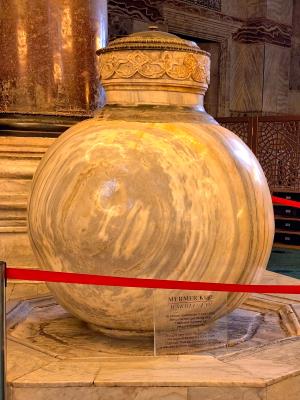
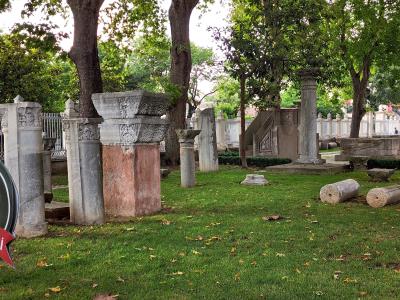
RIGHT:
Fountain outside Exit
LEFT & BELOW:
"The Bone Yard" with odds 'n' ends that may one day be used.
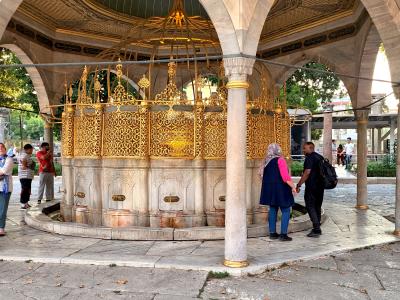
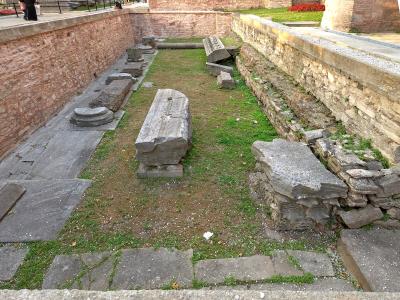
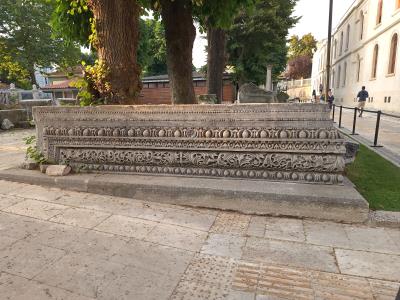
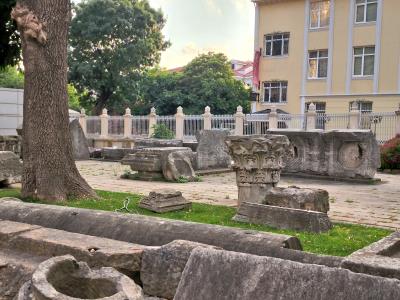
 Hagia Sophia
Hagia Sophia